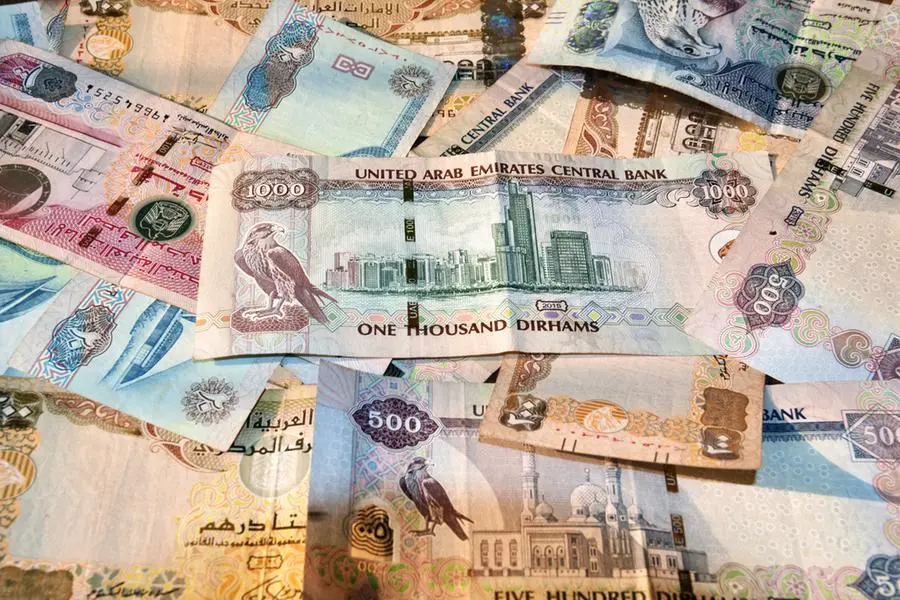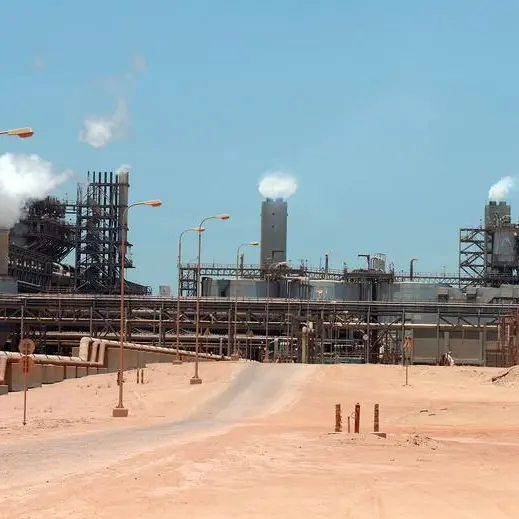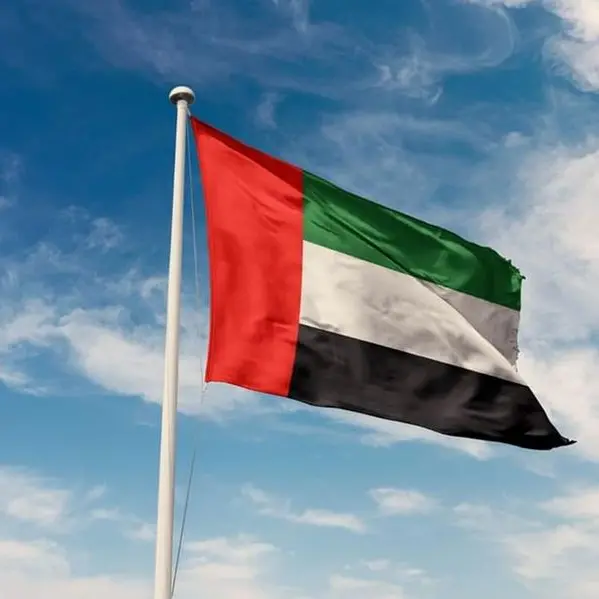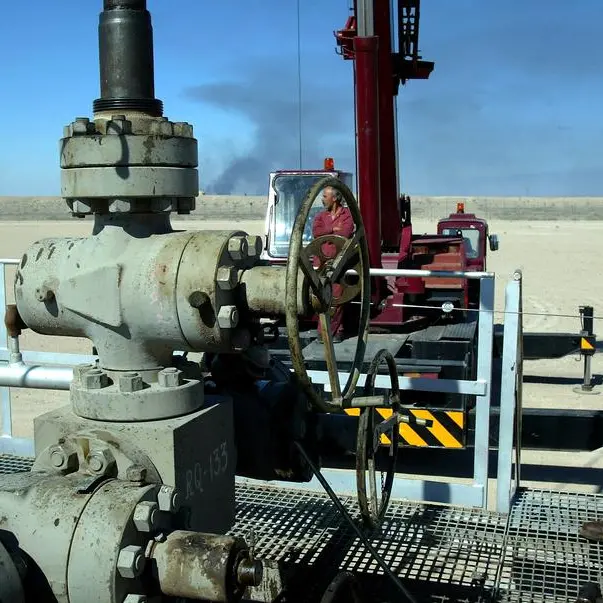PHOTO
India, Pakistan, and the Philippines accounted for more than 50 per cent of the total Dh145.7 billion in outward remittances from the UAE in 2022, according to data provided by the Central Bank of UAE (CBUAE).
India, which in 2022 became the first country in the world to post annual overseas remittances crossing the $100-billion mark as per the World Bank data, received Dh44.438 billion, accounting for 30.5 per cent of the total remittances from the UAE through exchange houses. This makes UAE the second largest remittance source for India after the US with a share of 12.17 per cent of the total global remittance the South Asian nation received last year.
Remittance to Pakistan accounted for 12.2 per cent at Dh17.775 billion, with the Philippines coming third with 8.4 per cent share at Dh12.238 billion.
According to the World Bank, private remittances or transfers of money from NRI to friends and relatives in India crossed the $100 billion threshold in 2022, with a year-on-year growth of 12 per cent. India has retained the tag of top remittances destination slot in FY23, which it claimed from China in FY21.
The CBUAE noted in its Financial Stability Report 2022 that outward remittances through exchange houses continued to moderate for the third consecutive year, declining 1.4 per cent to Dh145.7 billion in 2022. Outward remittances consisted mainly of personal remittances at Dh105.9 billion, followed by trade remittances at Dh28.5 billion, other remittances at Dh10.6 billion, and investment remittances at Dh0.7 million, the apex bank said, affirming that the UAE financial system continues to be strong and resilient in its ability to serve the local economy.
“The UAE Financial Stability Report 2022 demonstrates the best practices followed by the CBUAE in maintaining a stable, sustainable, and resilient financial sector that is able to manage potential risks,” said Khaled Mohamed Balama, governor of the CBUAE.
In 2022, the country’s financial system remained resilient despite global headwinds with the banking sector being well-capitalised with adequate liquidity buffers. “The macro-financial cycles remained stable, with no clear evidence of credit overheating and a trend towards a neutral position last year,” CBUAE added, noting that the funding structure and private credit growth in the UAE banking system remained healthy, with resident deposit growth outpacing credit growth.
The report forecasted that the UAE’s real gross domestic product (GDP) growth would decelerate to 3.9 per cent in 2023, primarily due to lower oil production and more moderate growth in the non-oil sector. In June, the UAE, Opec’s third-largest producer, voluntarily cut its output by 144,000 bpd until the end of December 2024.
The oil and non-oil GDP will rise by 3.0 per cent and 4.2 per cent, respectively, this year. In 2022, the real GDP increased by 7.9 per cent, compared to 4.4 per cent in 2021, driven by a 7.2 per cent increase in non-oil sector GDP and a 9.5 per cent expansion in oil-sector GDP.”
The report noted that the UAE was one of the fastest-growing economies last year, boosted by the removal of most Covid-19-related restrictions and a recovery in global travel and tourism, real estate and construction, and manufacturing sectors. In addition, the growth was supported by improved activity associated with global events such as the Dubai Expo and Fifa World Cup in Qatar.
The report said ESG (environmental, social, and corporate) finance in the country gained traction, with green debt issuances reaching Dh23.4 billion in 2022, accounting for about 18.2 per cent of total bond issuances during 2022.
More than 70 per cent of ESG fixed-income securities were issued in the UAE by banks, with the remainder issued by the corporate sector.
“The UAE insurance sector remained prudentially sound and experienced sustained business growth, with gross written premiums surpassing pre-pandemic levels. On the other hand, the finance companies sector maintained its resilience despite a further contraction in business volumes,” said the CBUAE report.
On the CBUAE’s stress test exercise, the report affirms the resilience of UAE banks against the risk of stagflation and market uncertainties. The exercise showed that the banking sector obtains sufficient capital and liquidity to withstand severe, adverse hypothetical scenarios whilst continuing to support the economy by maintaining credit supply to UAE borrowers.
Copyright © 2022 Khaleej Times. All Rights Reserved. Provided by SyndiGate Media Inc. (Syndigate.info).




















